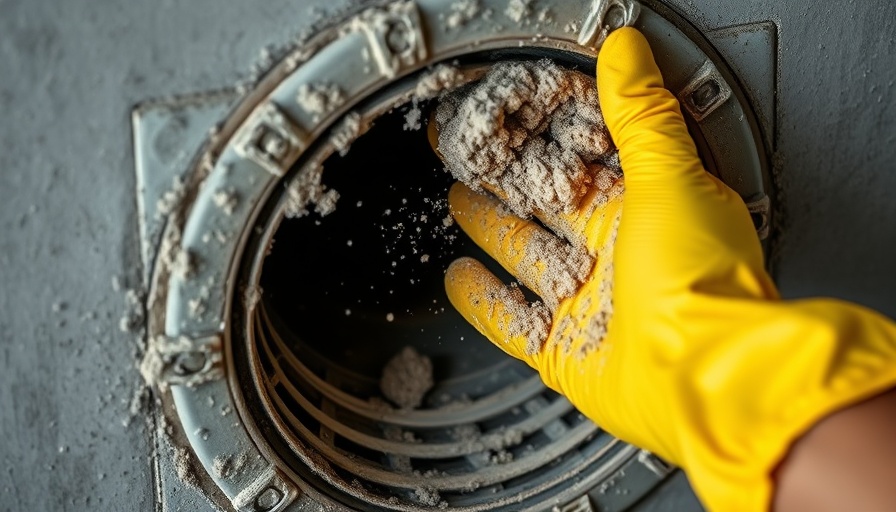
Unveiling the Hidden Germs: What You’re Missing While Cleaning
Many of us take pride in cleaning our homes, meticulously vacuuming carpets and scrubbing counters. Yet, despite these efforts, a significant question remains: are we truly cleaning our homes effectively? Surprisingly, many homeowners overlook several critical areas that could harbor harmful bacteria, allergens, and dust. This article dives into the dirtiest spots in your home you likely never clean, providing practical, actionable solutions to maintain a healthier living environment.
The Invisible Threats in Every Home
While the visible aspects of your home may appear spotless, it's often the nooks and crannies that accumulate the most dirt. Areas like ceiling fans, light fixtures, and baseboards may seem innocuous, yet they can house significant dust, pet dander, and germs. Cleaning these overlooked zones not only enhances your home’s visual appeal but also plays a crucial role in improving indoor air quality and reducing triggers for allergies.
Spotlight on the Dirtiest Places
Let’s shed some light on these culprits:
1. Ceiling Fans and Light Fixtures
Often, ceiling fans and light fixtures gather a surprising amount of dust and allergens. When fans spin or lights are turned on, they distribute these particles throughout the home, potentially aggravating respiratory issues. A simple solution involves using a pillowcase over fan blades to trap the dust while cleaning.
2. Baseboards and Trim Work
Baseboards and trim work not only frame rooms but also accumulate dust and pet hair. These surfaces can also suffer from scuff marks and mold, especially in humid areas like bathrooms. By incorporating baseboard cleaning into your quarterly routine, you can prevent these issues.
3. Window Tracks and Sills
Behind those sparkling windows, grime often builds up in the tracks and sills. This debris can impede window functionality and affect air quality if left unaddressed. A vinegar-water solution can effectively tackle stubborn grime, improving both aesthetics and air circulation.
4. Under and Behind Major Appliances
In spaces where we place large items, such as refrigerators and ovens, dirt accumulates unnoticed. These areas can harbor mold and pest infestations. Regularly cleaning underneath and behind these appliances with a vacuum or a brush helps maintain a sanitary cooking environment.
5. Bathroom Fixtures
Bathroom fixtures and faucets may look clean at first glance, but water spots and soap scum can become breeding grounds for bacteria. Incorporating a routine for detailing these often-neglected surfaces can hinder bacterial growth, enhancing hygiene.
Why This Matters for Your Health
Understanding the importance of cleanliness extends beyond appearances. Keeping hidden areas clean results in a healthier home. Hidden germs can trigger allergies and respiratory issues, especially in individuals with pre-existing conditions. By adopting simple, regular cleaning tasks to tackle these dirty spots, you can create a much safer living atmosphere.
Embracing Regular Deep Cleaning
Whether you’re a seasoned DIY expert tackling this as a weekend project or seeking professional help, addressing these hidden spaces can significantly enhance your quality of life. Not only does this prevent dirt buildup, but it also contributes to the longevity of your home. Consider integrating these cleaning tasks into your routine to reap the benefits.
In sum, the unseen dirt in your home presents more than an aesthetic issue. It impacts your health and comfort. Challenge your cleaning habits and take the time to address these spots today!
 Add Row
Add Row  Add
Add 


Write A Comment